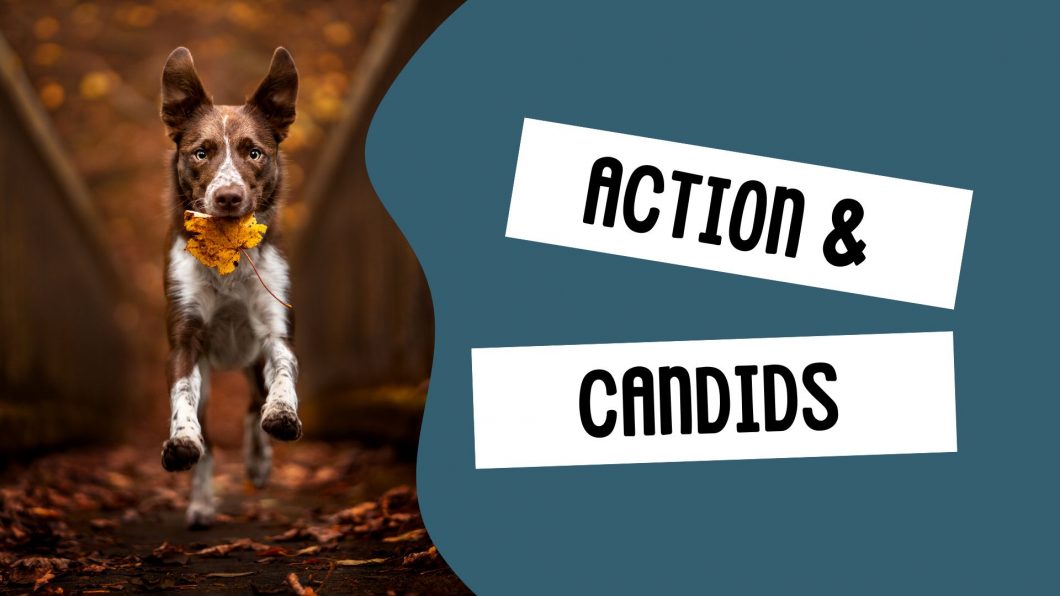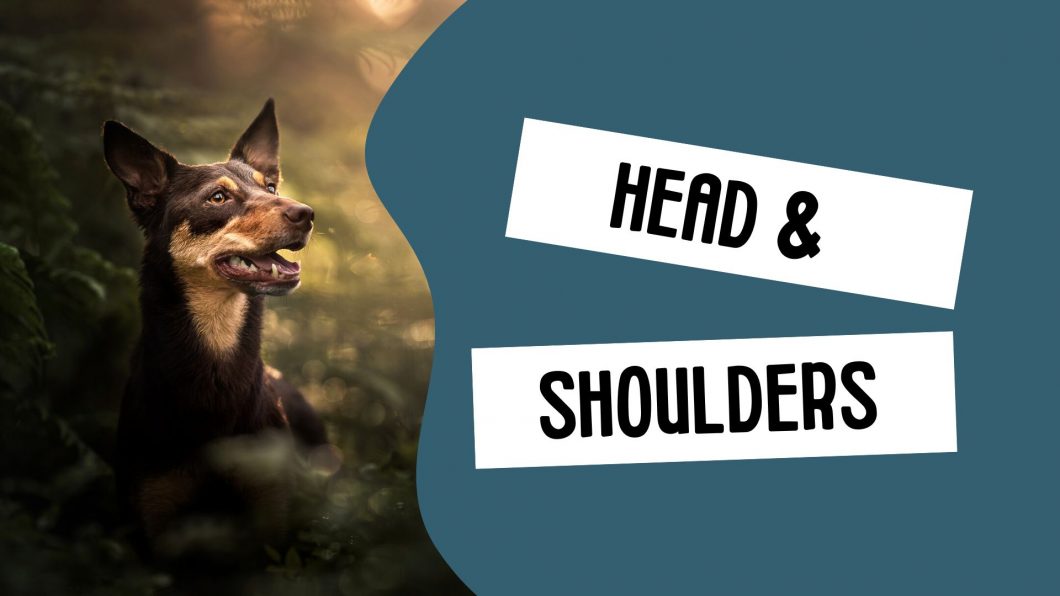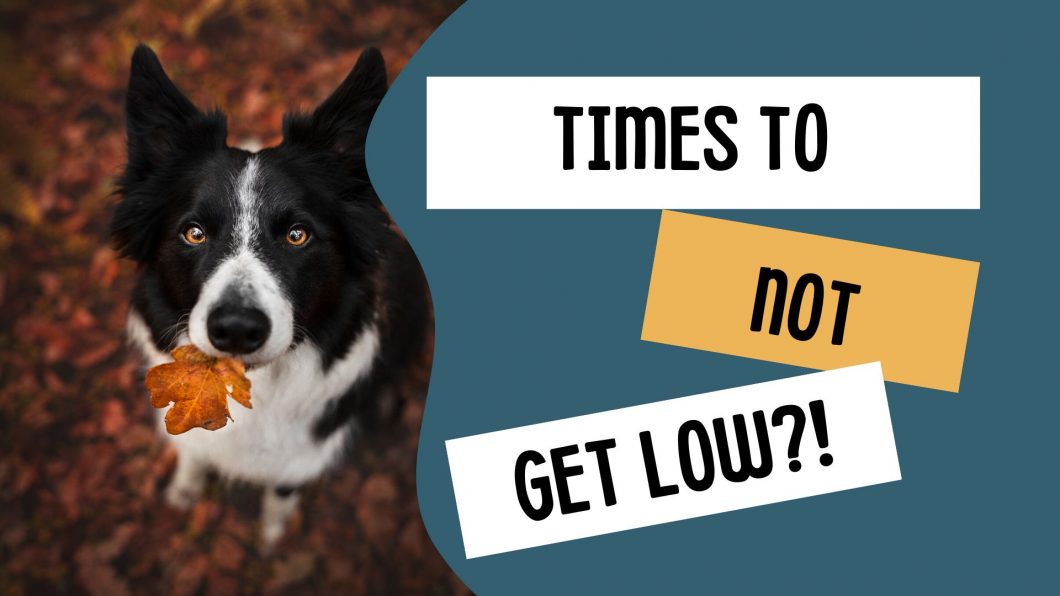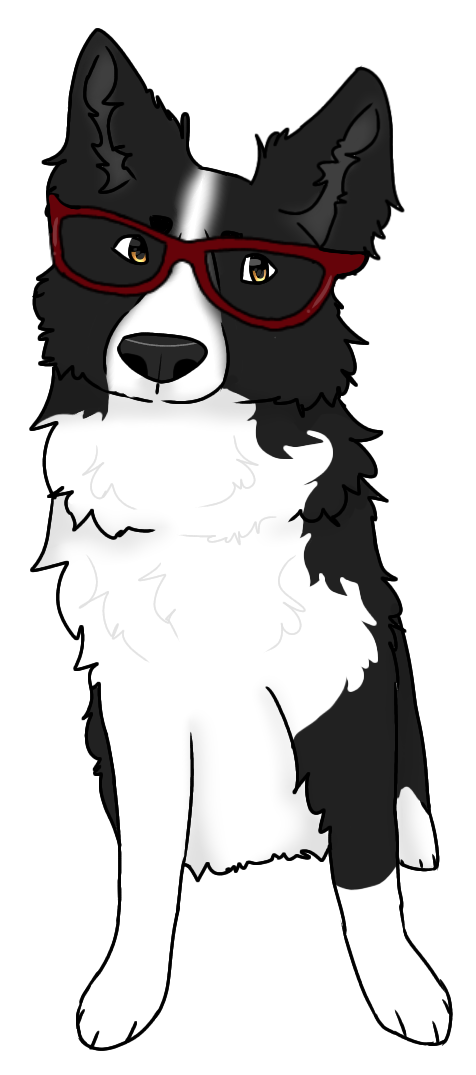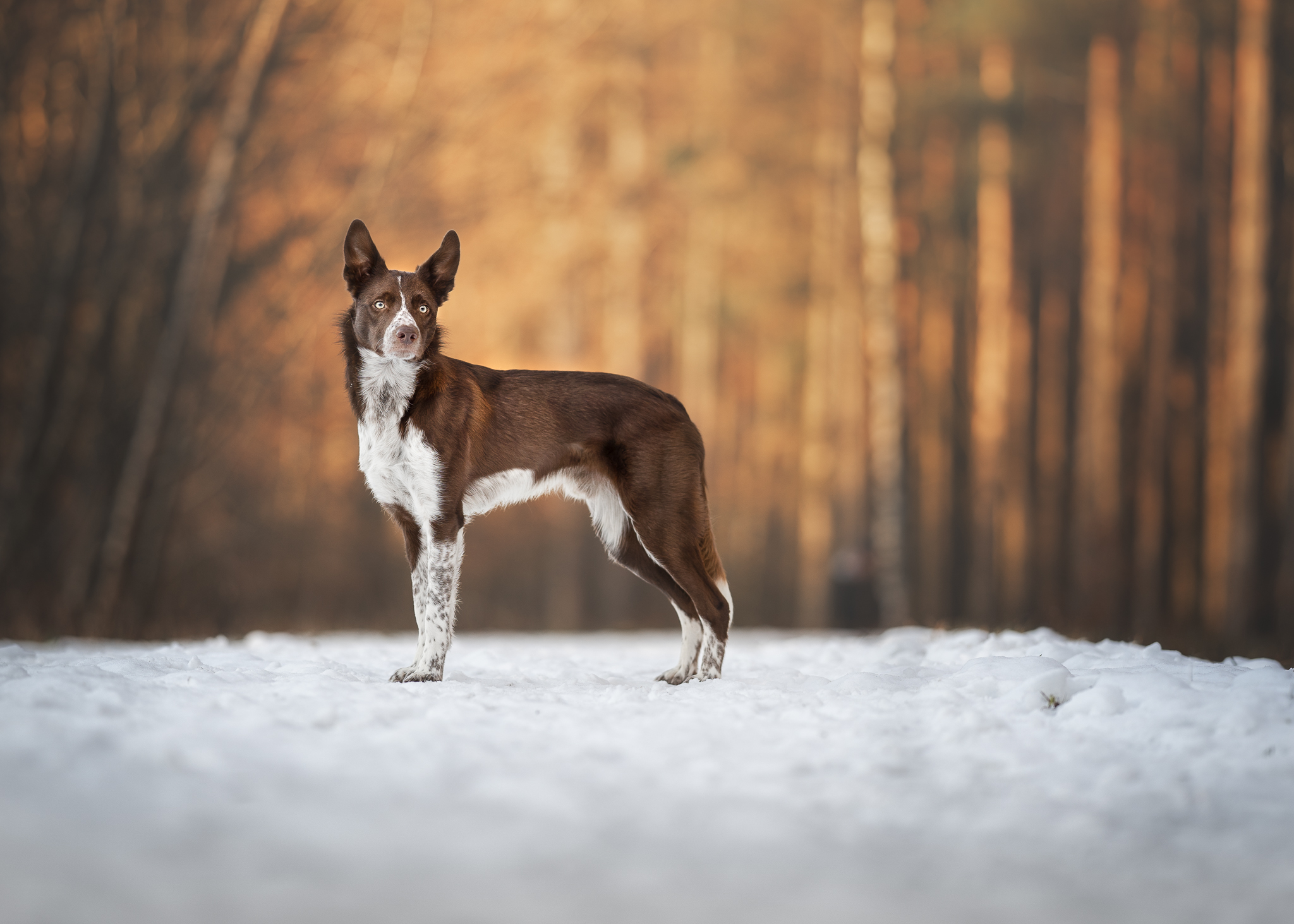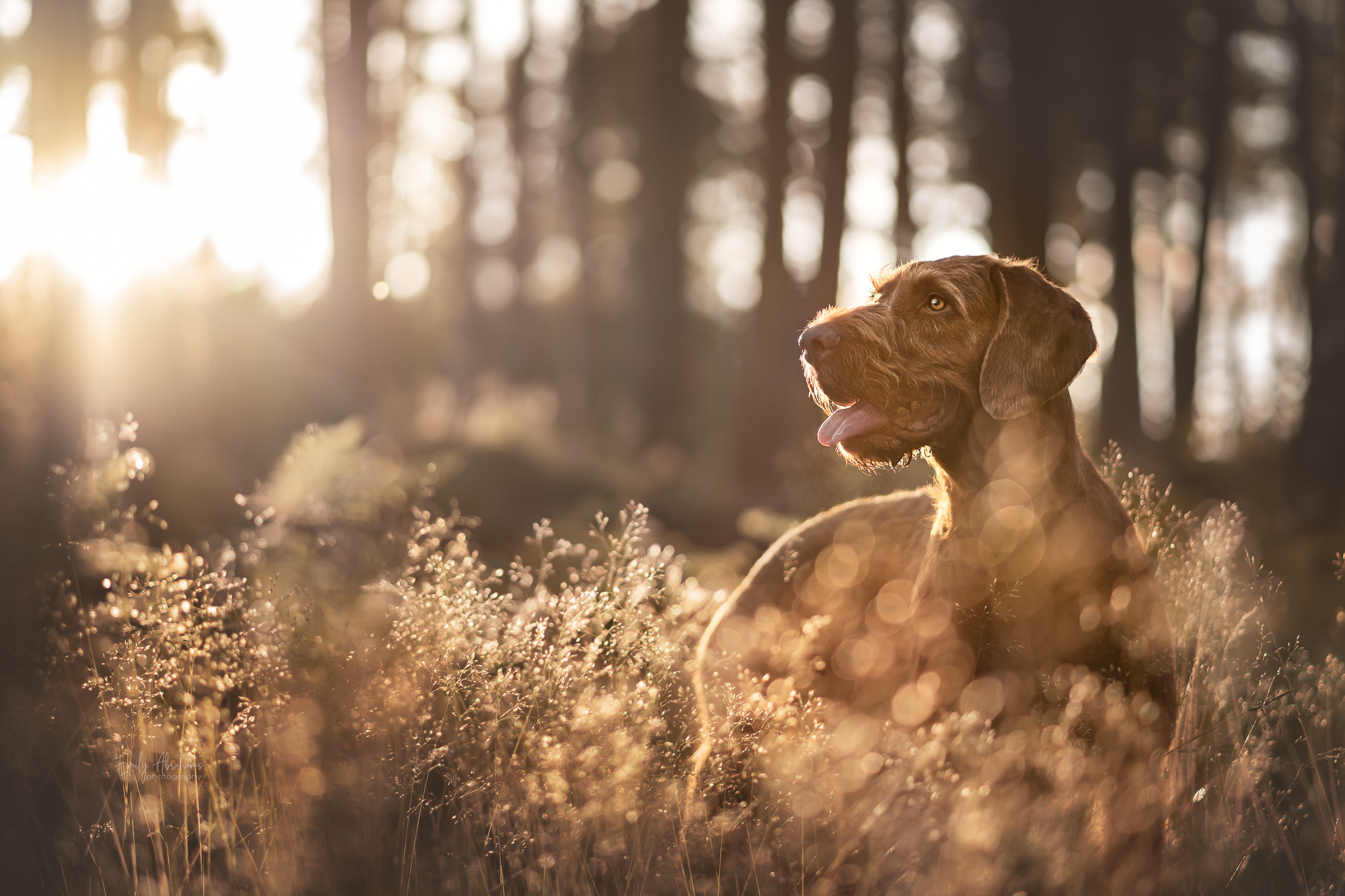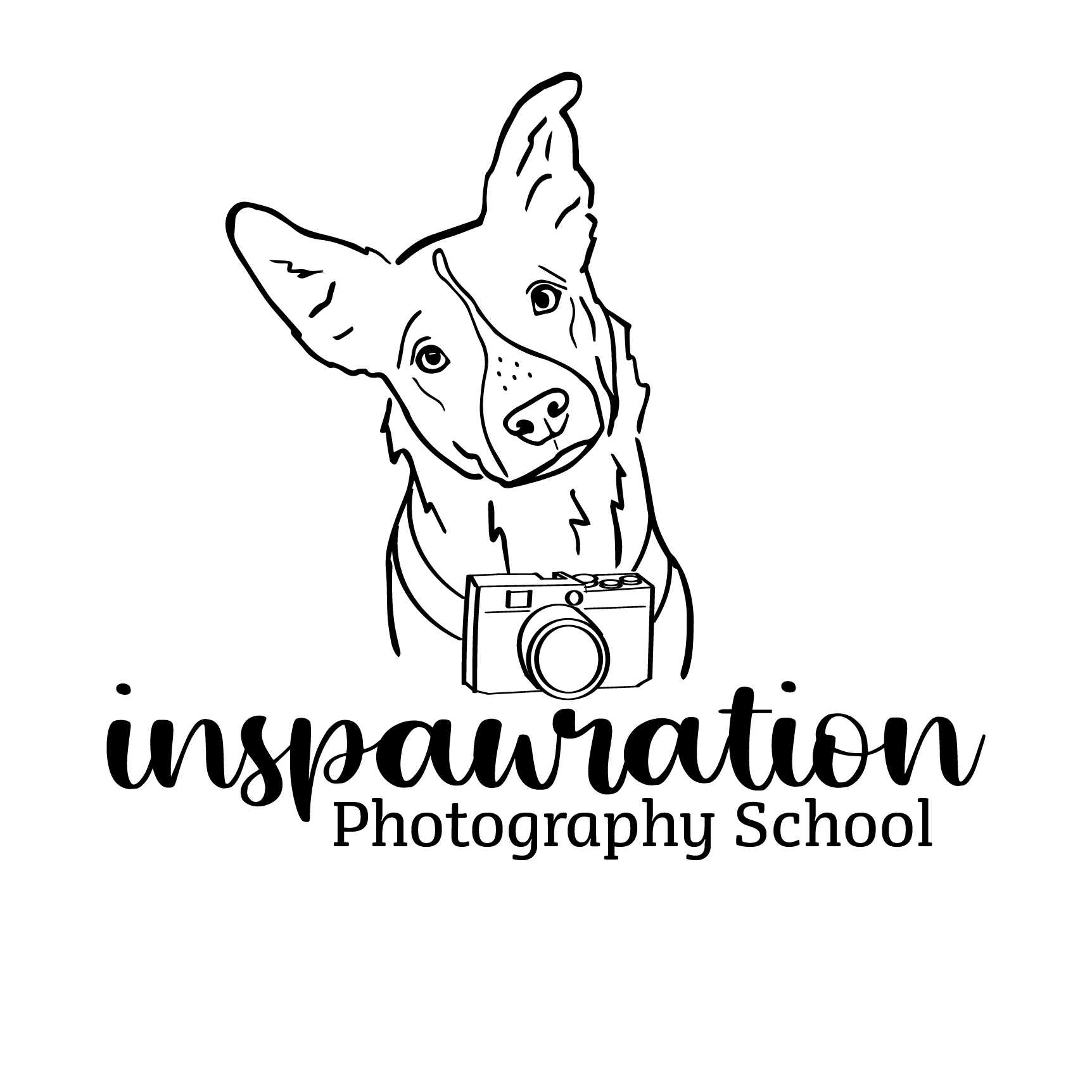Recently while out shooting, I decided to create a lot more examples for this lesson, since it seems to me that no matter how much I say to get down low, people don’t understand how low I really mean.
What I did on this walk, therefore, was to take three photos at each location:
- standing up
- kneeling down taking the photo at “eye level”
- and having my camera at its normal height off the ground, which you will see in the video.
Of course in some examples, there isn’t TOO much difference between kneeling and being right on the floor…. but for me, the floor version always has more depth and more presence.
In these examples, I was mostly using my 85mm lens, or 135mm lens, but I would have been close to the ground with any lens!
I’ve tried to edit them more or less the same so nobody can claim there’s any trickery going on with making one look better than another through editing! All are just extremely quick edits in Lightroom. You just have to ignore Journey’s expressions in the “up high” ones. He is sensitive to pressure and if I keep asking him for attention, it doesn’t work. So better to save asking for his attention for the “good” photos.
Standing
Kneeling/”Eye Level”
Down Low


